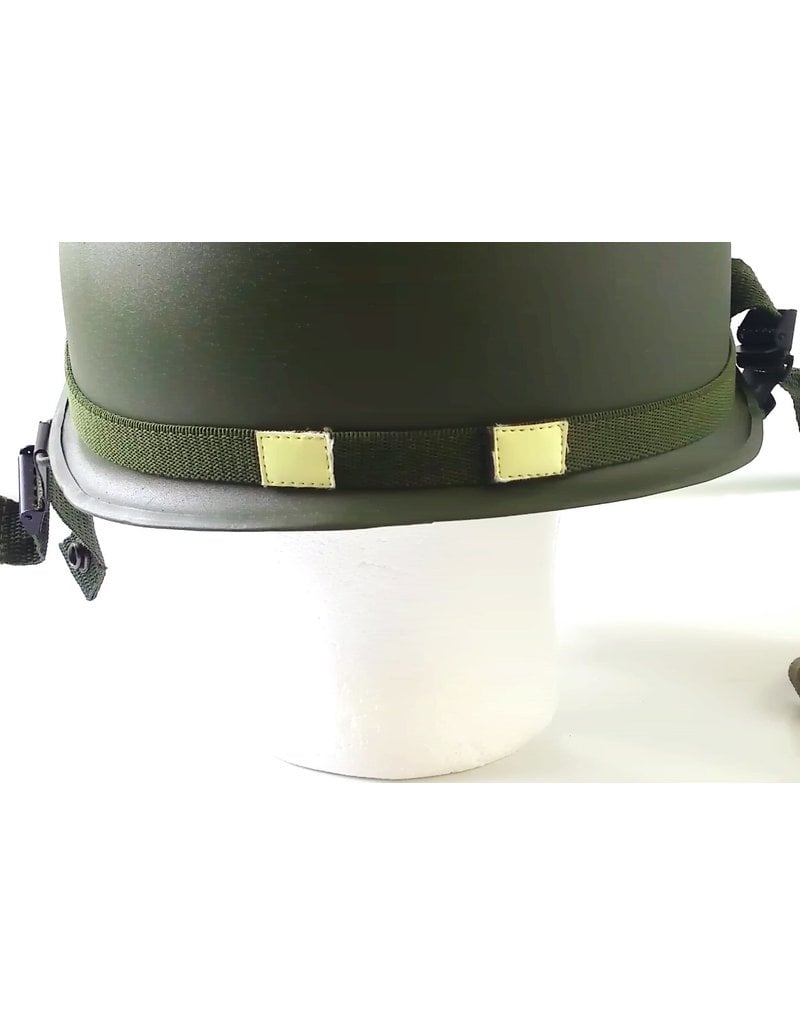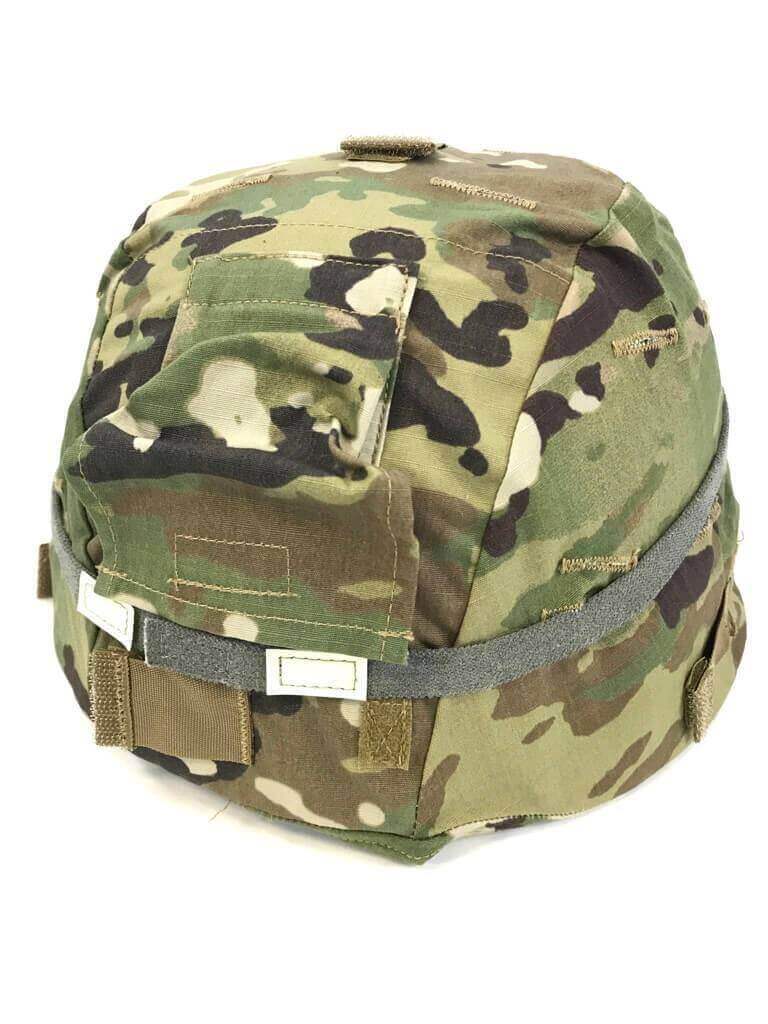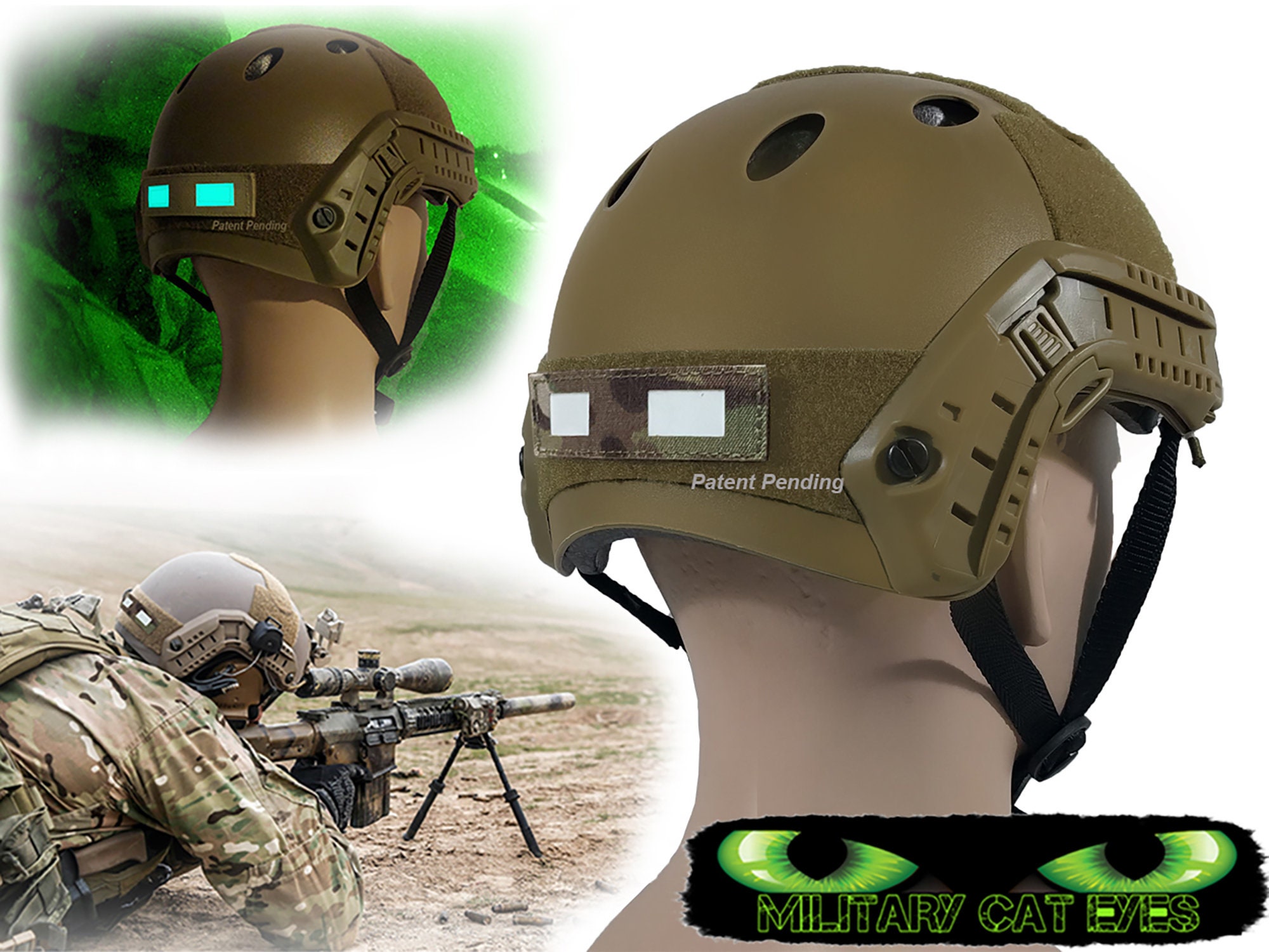Army Cat Eyes Regulation : What it is
Army Cat Eyes Regulation: Enhancing Visibility and Safety Every soldier understands the importance of visibility and safety during combat operations. In order to enhance these crucial aspects, the Army Cat Eyes Regulation was introduced. This regulation mandates the use of specialized helmet accessories known as Cat Eyes, which are designed to significantly improve the visibility of soldiers in low-light and hazardous conditions. In this post, we will delve deeper into the Army Cat Eyes Regulation, exploring what it entails, how it works, and its benefits for soldiers on the battlefield. Cat Eyes - A Soldier's Best Friend Cat Eyes, also known as Cat Eye Bands or Helmet Bands, are reflective strips that are attached to the back of a soldier's helmet. These strips are made with luminescent materials that reflect light, making them highly visible even in the darkest environments. The Army Cat Eyes Regulation specifically states that these bands must be worn by all soldiers during operations conducted in low-light conditions, such as night missions or during low-visibility weather conditions. The Importance of Visibility on the Battlefield Maintaining visibility on the battlefield is crucial for the safety and effectiveness of soldiers. The potential risks and dangers are amplified in situations where visibility is compromised. It becomes essential for soldiers to identify and recognize their comrades quickly, especially in chaotic and high-pressure scenarios. The Army Cat Eyes Regulation addresses these concerns by providing a simple and effective solution to enhance visibility. How Cat Eyes Work When ambient light hits the luminescent material on the Cat Eyes, it reflects back, effectively creating a glowing effect. This glow makes it easier for soldiers to spot and identify each other, increasing their situational awareness and minimizing the chances of friendly fire incidents. The reflective nature of Cat Eyes also aids in differentiating between friendly forces and potential threats, reducing the risk of confusion and potential hostilities. The Benefits of Adopting Cat Eyes The Army Cat Eyes Regulation has several benefits, ensuring that soldiers can operate with enhanced visibility and safety. Let's take a closer look at some of these advantages: 1. Improved Situational Awareness: By wearing Cat Eyes, soldiers can quickly identify and locate their fellow comrades even in low-light situations, such as during night operations. This helps maintain situational awareness and facilitates effective communication and coordination among troops. 2. Enhanced Safety: The reflective nature of Cat Eyes significantly reduces the chances of friendly fire incidents. Through increased visibility and identification, soldiers can effectively mitigate the risks associated with miscommunication and confusion in the heat of battle. 3. Minimized Collisions and Accidents: In dynamic and chaotic environments, the risk of accidental collisions or falls is always present. Cat Eyes offer improved visibility and can help reduce the likelihood of such accidents by ensuring soldiers are more easily seen by their teammates. Subheadings: 1. The Evolution of Cat Eyes: From Tradition to Innovation 2. How Cat Eyes Contribute to Tactical Advantage 3. Real-Life Testimonials: Soldiers Share Their Experiences FAQ Section: Q: How are Cat Eyes attached to the helmet? A: Cat Eyes are typically attached using hook and loop fasteners or adhesive backing. They can be easily installed and removed as needed. Q: Are there specific color requirements for Cat Eyes? A: The Army Cat Eyes Regulation does not mandate a specific color but encourages the use of highly visible options such as reflective green or luminescent yellow. Q: Can Cat Eyes be reused on different helmets? A: Yes, Cat Eyes can be reused on different helmets as long as they are in good condition and securely attached. Q: Are Cat Eyes only used by the Army? A: Although initially introduced by the Army, Cat Eyes have gained popularity among various branches of the military and law enforcement agencies worldwide. Q: Do Cat Eyes work in all lighting conditions? A: Cat Eyes are most effective in low-light conditions, but they also offer increased visibility during daylight hours by reflecting natural and artificial light sources. With the implementation of the Army Cat Eyes Regulation, soldiers can operate with increased visibility and safety, ultimately contributing to the success of their missions. By adhering to this regulation, military forces not only ensure the protection of their valuable personnel but also foster a culture of effective communication and coordination on the battlefield. So, the next time you see these reflective strips adorning a soldier's helmet, remember the significance they hold in safeguarding those who serve.  Image Source : civildefence.info
Image Source : civildefence.info  Image Source : armymilitary.net
Image Source : armymilitary.net  Image Source : www.ebay.de
Image Source : www.ebay.de  Image Source : www.pinterest.com
Image Source : www.pinterest.com  Image Source : armymilitary.net
Image Source : armymilitary.net  Image Source : styleprds.xsrv.jp
Image Source : styleprds.xsrv.jp  Image Source : www.usmilitariaforum.com
Image Source : www.usmilitariaforum.com  Image Source : www.etsy.com
Image Source : www.etsy.com
Incredible Army Cat Eyes Regulation 2022
 Image Source : civildefence.info
Image Source : civildefence.info Army Cat Eyes Regulation - Army Military
Katzen Augen-lumineyes Double Panel Soldat Kennzeichnung-Military Head
 Image Source : www.ebay.de
Image Source : www.ebay.de Pin Em Military Cat Eye Band
 Image Source : www.pinterest.com
Image Source : www.pinterest.com usmc tacticalgear airforce multicam
Army Cat Eyes Regulation - Army Military
 Image Source : armymilitary.net
Image Source : armymilitary.net Militaria US Army Helm Leucht Band Katzenaugen Helmband Helmet Cat Eye
 Image Source : styleprds.xsrv.jp
Image Source : styleprds.xsrv.jp Cat Eyes - UNIFORMS - U.S. Militaria Forum
eyes cat
Multicam Military Cat Eyes Tactical Helmet Band Hook | Etsy
 Image Source : www.etsy.com
Image Source : www.etsy.com multicam tactical
Militaria us army helm leucht band katzenaugen helmband helmet cat eye. Multicam tactical. Usmc tacticalgear airforce multicam. Pin em military cat eye band. Eyes cat